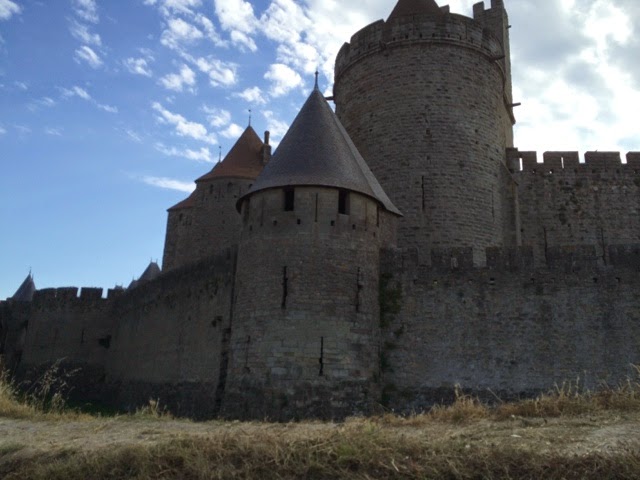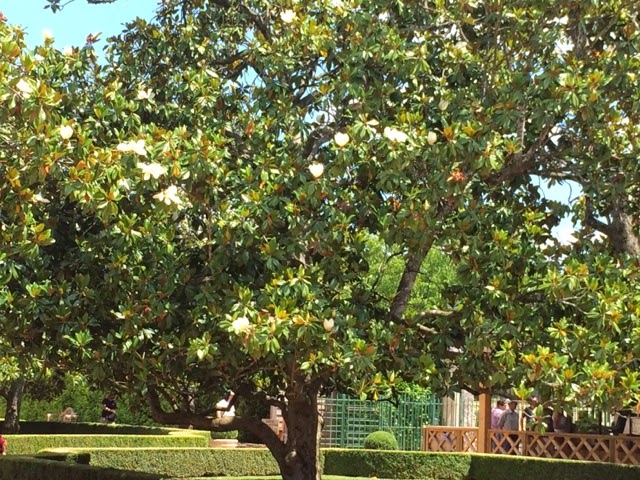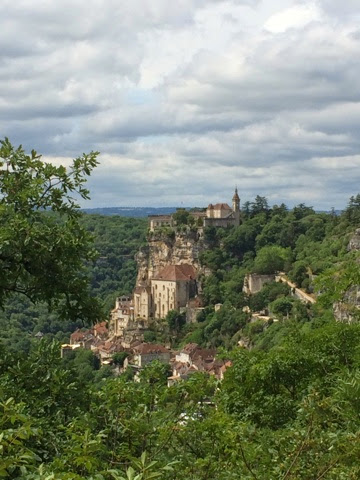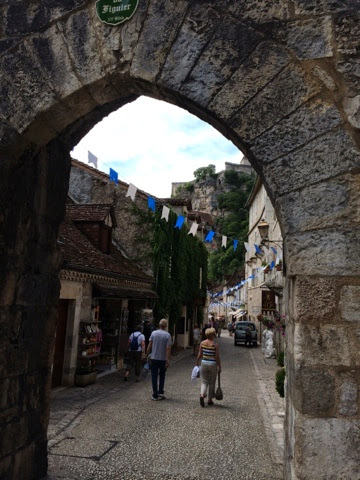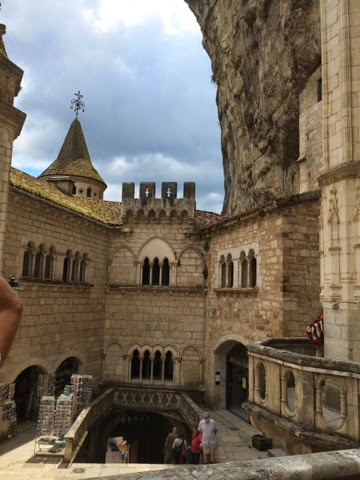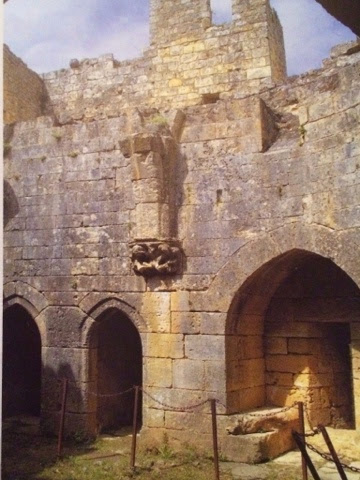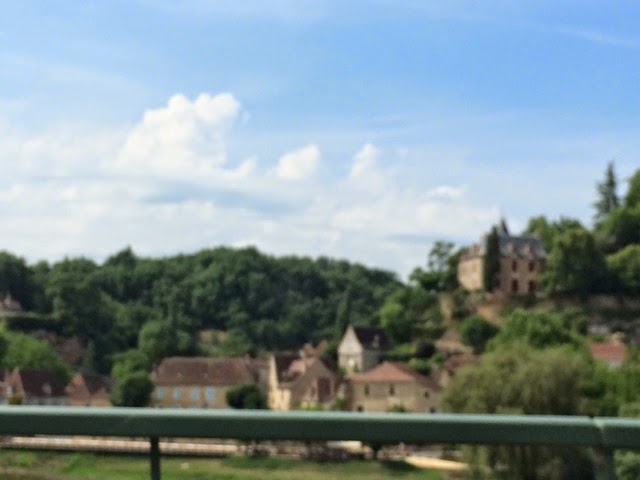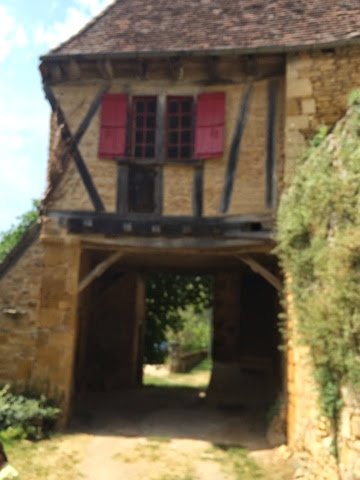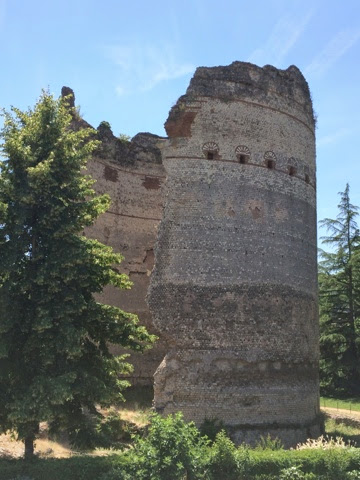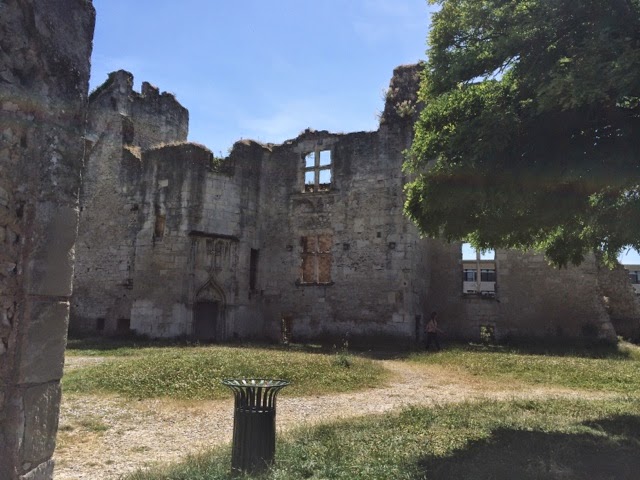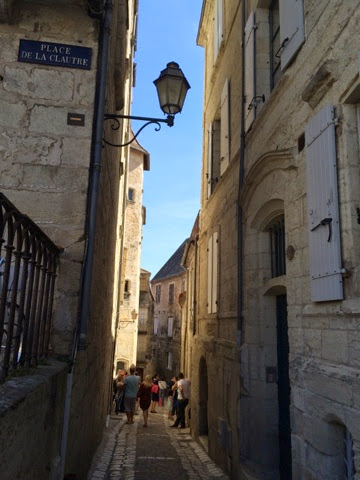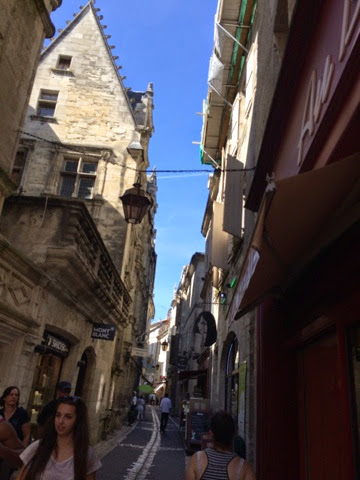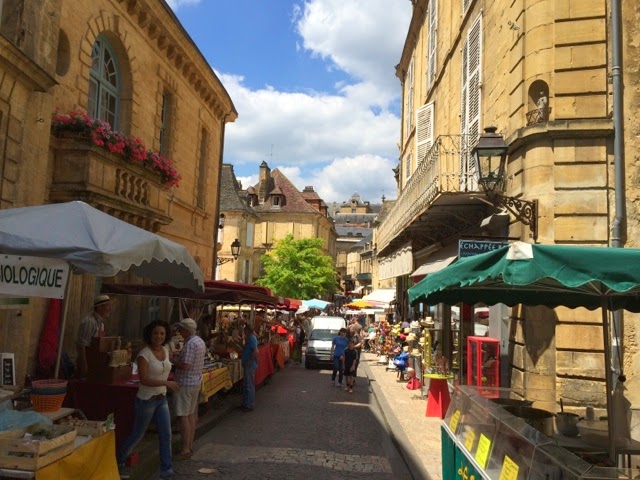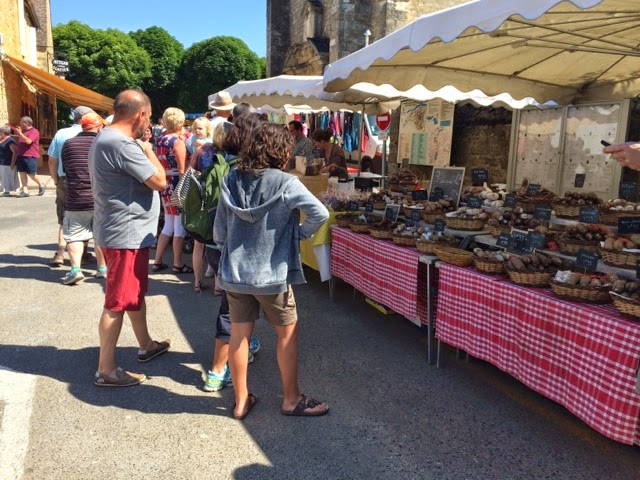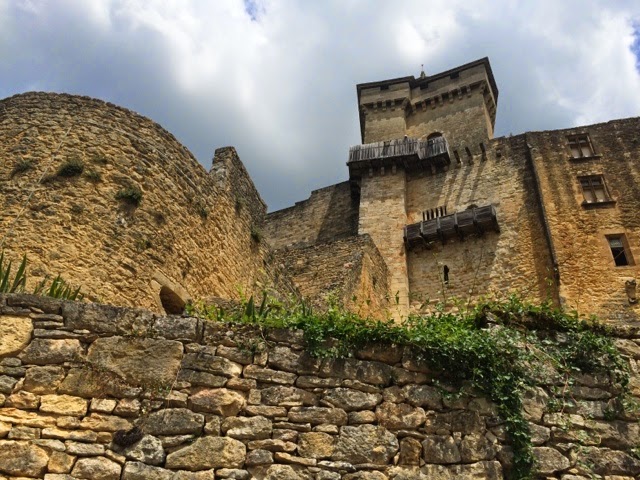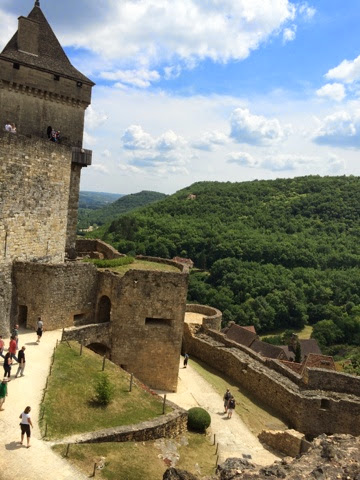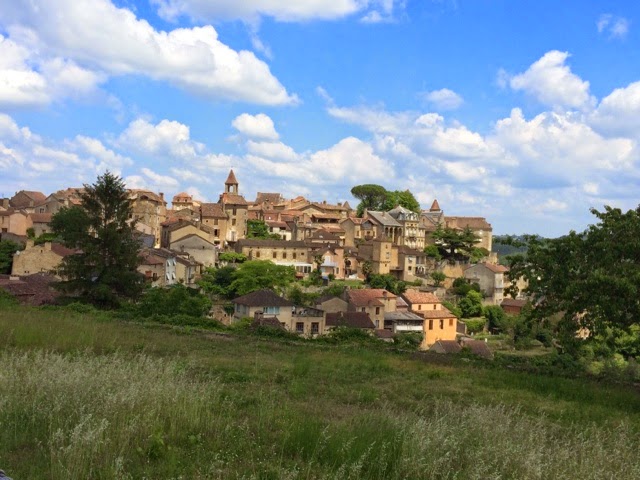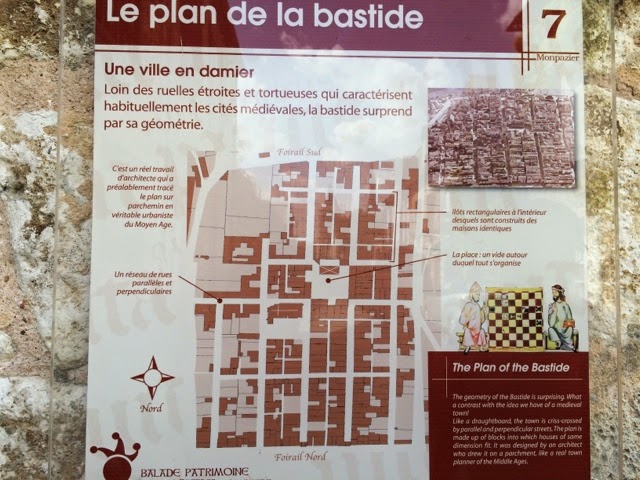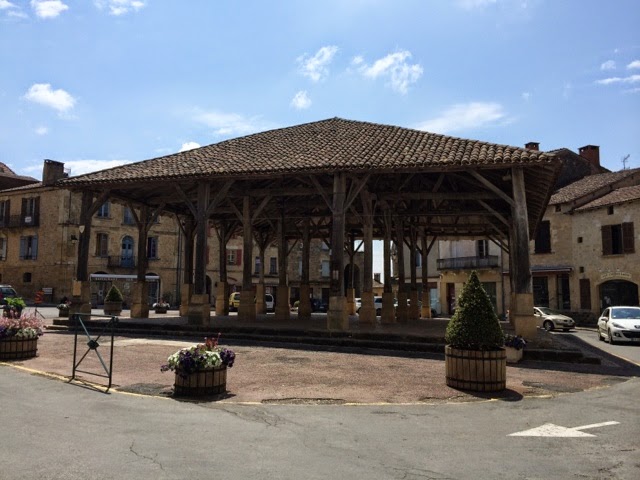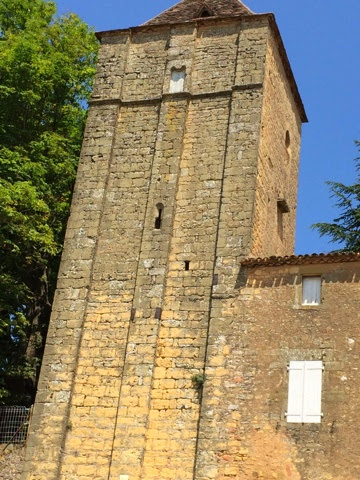The history of the old city dates back to the pre-roman period with the first occupation being around 6th century BC. During the third or fourth century, a fortification wall was built. It came under many attacks by the Franks but resisted. It fell however under the Arabs and was eventually delivered by Pepin le Bref. In the 12th century, the castle was built and in the 13th century, it acquired its medieval fortifications.
Due to its reputation of impregnability, it was never attacked during the Hundred Years' War and it was used as an arsenal depot during the revolution.
Carcassonne is also of exceptional importance because of the lengthy restoration campaign undertaken by Viollet-le-Duc in the 19th century, one of the founders of the modern science of conservation.

